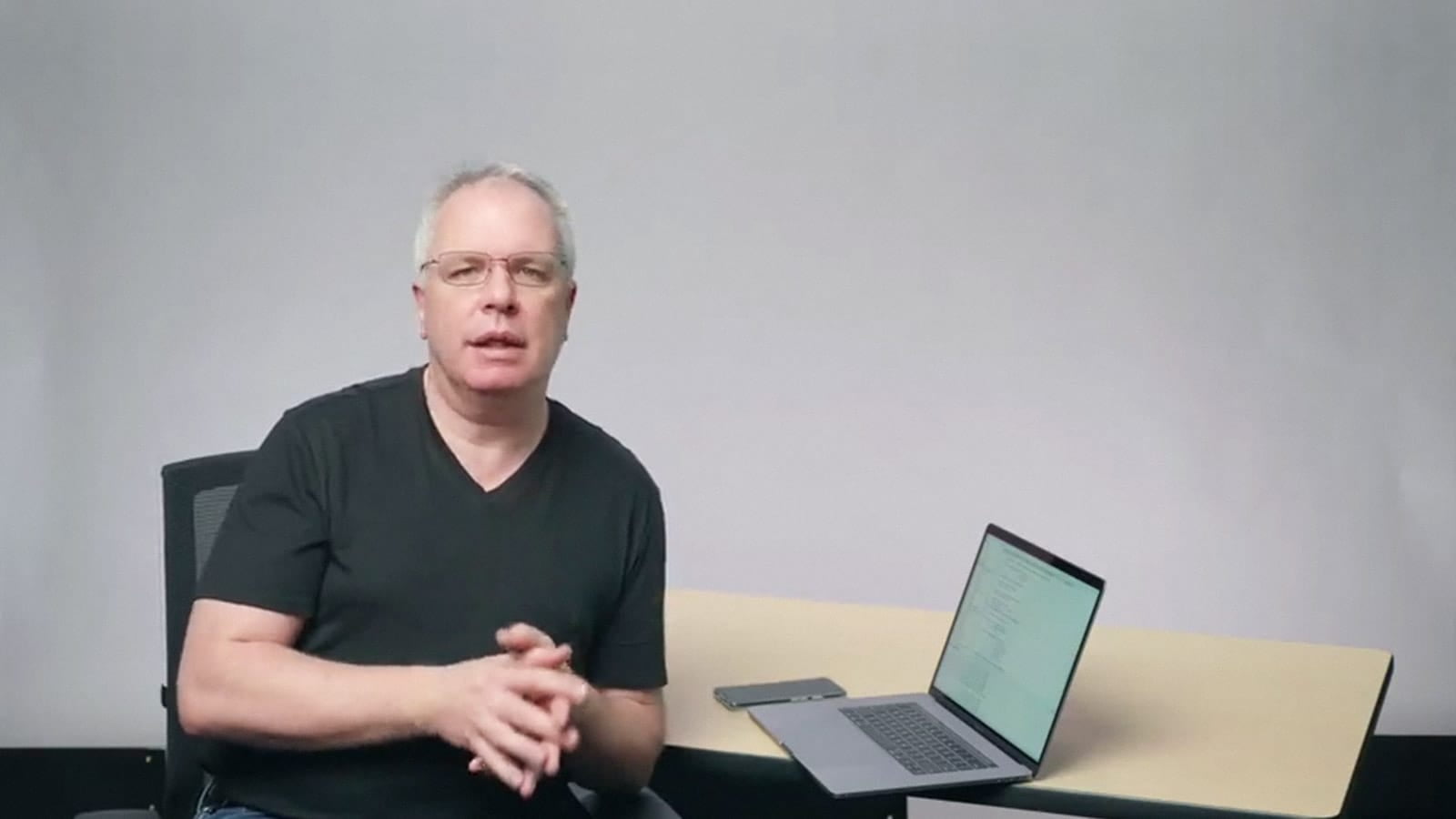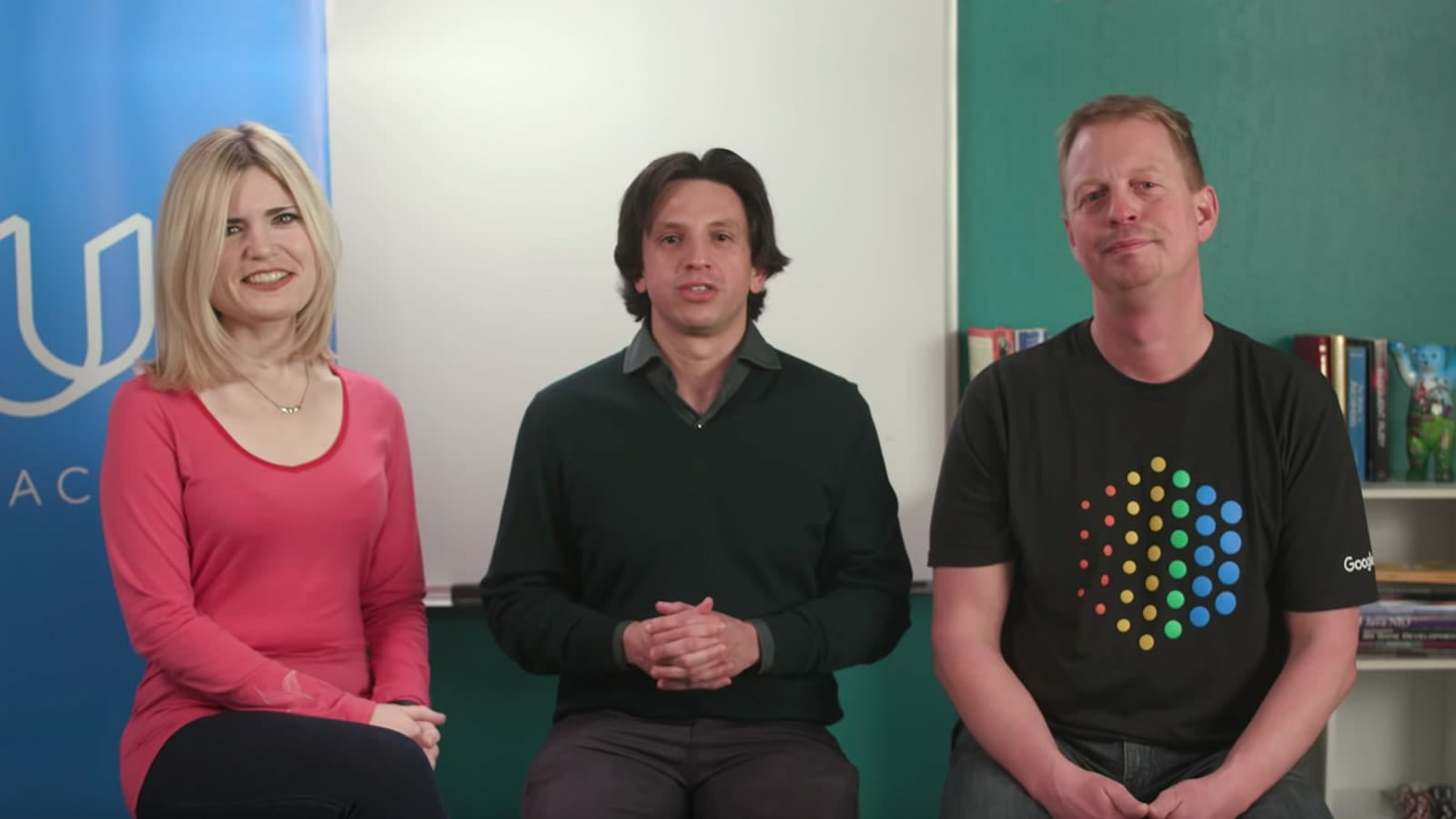TensorFlow 機器學習基本知識
本課程適用對象如下:
- 機器學習領域的新手,但具備中階程式設計背景
此內容旨在引導剛接觸機器學習的開發人員完成機器學習旅程的入門階段。你會發現許多資源都使用 TensorFlow,但這項知識也可以轉移到其他機器學習架構。
步驟 1:瞭解機器學習
TensorFlow 2.0 旨在讓使用者能更輕鬆地建構用於機器學習的類神經網路,這也是為何 TensorFlow 2.0 選用一款稱為 Keras 的 API。Keras 建立者 Francois Chollet 撰寫˙Deep Learning with Python》是很棒的入門磚。閱讀第 1 至 4 章,就能從程式設計師的角度瞭解機器學習的基礎知識。這本書的後半部則深入探討了電腦視覺、自然語言處理、生成深度學習等領域。如果您現在覺得這些主題艱澀難懂,請別擔心,假以時日一切都會變得豁然開朗。

這本介紹書提供以程式碼為優先的方法,讓你瞭解如何導入最常見的機器學習情境,例如電腦視覺、自然語言處理 (NLP),以及建立用於網路、行動、雲端和嵌入執行階段的序列模型。

⬆ 或 ⬇
參加線上課程,例如 Coursera 的 Introduction to TensorFlow 或 Udacity 的 Intro to TensorFlow for Deep Learning,這兩門課程講授的基礎知識都與 Francois 的書相同。3blue1brown 的這些影片從數學的角度簡要說明了類神經網路的運作方式,可能也會對你有幫助。
完成此步驟後,你會對機器學習的運作方式有基本認識,可再學習更深入的內容。

DeepLearning.AI
Intro to TensorFlow for AI, ML, and Deep Learning這個課程是與 TensorFlow 團隊合作開發,屬於 TensorFlow Developer Specialization 的一部分,針對 TensorFlow 的使用方式提供最佳做法指導。

在這門由 TensorFlow 團隊和 Udacity 合作開發的線上課程中,你將瞭解如何使用 TensorFlow 建構深度學習應用程式。
步驟 2:更深入瞭解
參加 TensorFlow Developer Specialization,這門課程將介紹更深入的內容,帶您初步認識電腦視覺、自然語言處理和序列建模等。
完成此步驟將延續前面所學,並教您如何使用 TensorFlow 為各種情境建立基本模型,包括圖片分類、理解文字中的情緒、生成演算法等情境。

DeepLearning.AI
TensorFlow Developer Specialization在這四門由 TensorFlow 開發人員講授的專項課程中,你將探索開發人員在 TensorFlow 中使用哪些工具和軟體來打造可擴充的 AI 技術演算法。
步驟 3:練習
試試幾堂我們的 TensorFlow Core 教學課程,這些課程能讓您練習在步驟 1 和步驟 2 中學到的概念。完成課程之後,您可嘗試進行一些更進階的練習。
只要完成這個步驟,就能增進您對主要概念的瞭解,並讓您更熟悉建構機器學習模型時會遇到的各種情境。
步驟 4:更熟悉 TensorFlow
現在可以回到 Francois 所著的《Deep Learning with Python》並完成第 5 到 9 章了。另外,還請閱讀 Aurelien Geron 撰寫的《Hands-on Machine Learning with Scikit-Learn, Keras, and TensorFlow》一書。這本書說明如何使用 TensorFlow 2.0 進行機器學習及深度學習。
完成此步驟後,您對機器學習的入門知識將更臻完善,也會知道如何擴展平台以滿足您的需求。

本書使用具體範例、極小理論和兩個可用於實際工作環境的 Python 架構 (Scikit-Learn 及 TensorFlow),讓你輕鬆掌握建構智慧系統的概念和工具。
